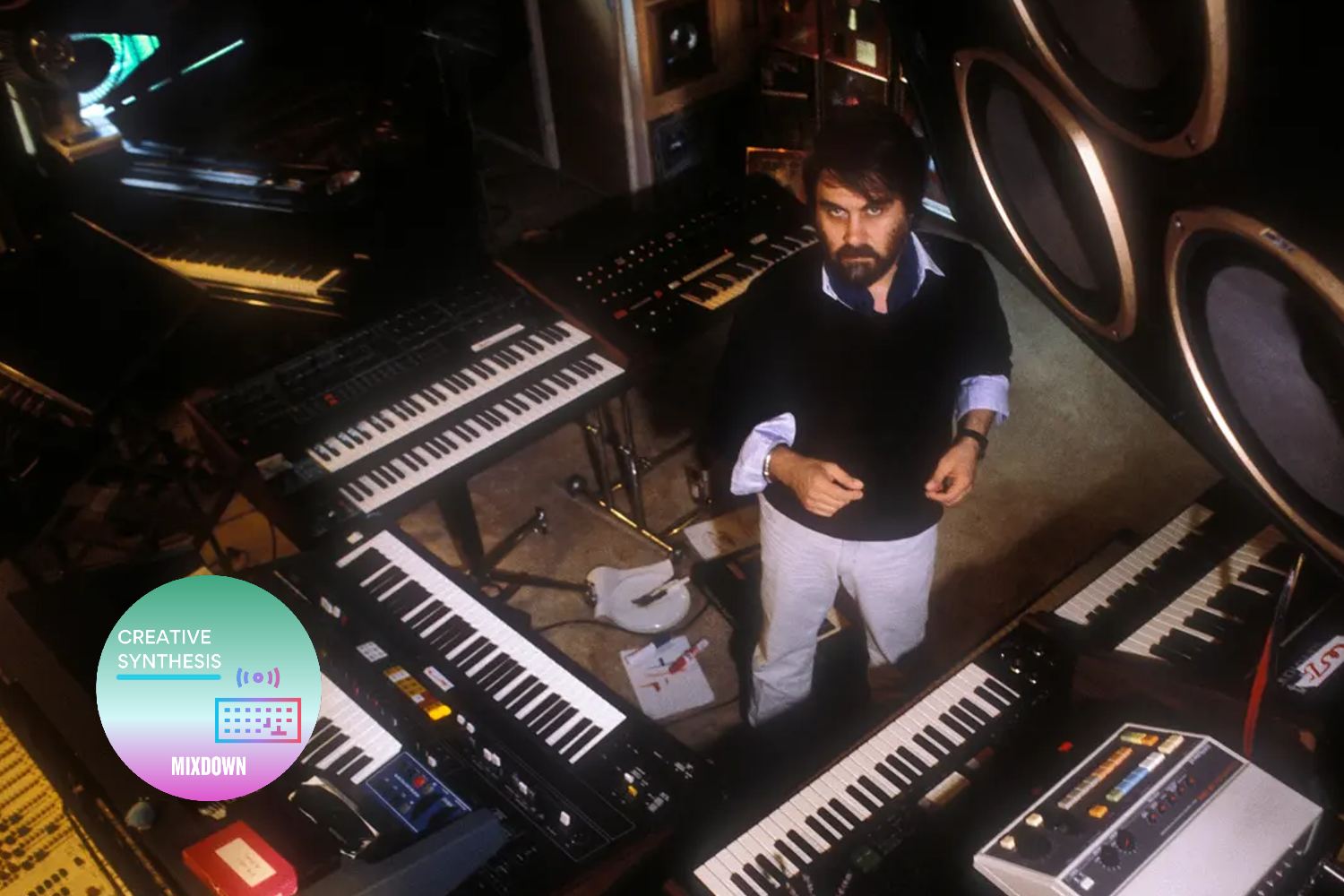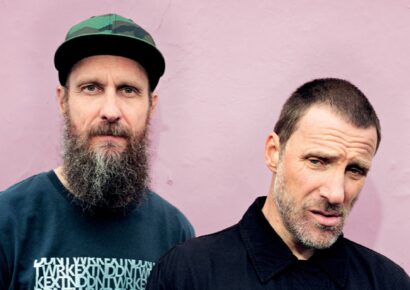From Chariots of Fire to Blade Runner, Vangelis was truly a master. In honour of Creative Synthesis Month, we're diving into the gear the genius loved.
he late great Vangelis was a Greek born musician who has produced some of the most iconic film scores of the 20th century. His most notable works include writing the soundtracks for both 1981’s Chariots of Fire and 1982’s Blade Runner.
Read all the latest features, columns and more here.
What separates Vangelis from other composers of his time, is his implementation of synthesisers and electronic instruments within his compositions. The blending of traditional instruments with the new sounds emerging with the rise in popularity of electronic instruments, Vangelis was able to produce soundtracks that were way ahead of their time, while still being palatable for audiences of his day.
Combining the best of traditional orchestral scores with emerging electronic sounds of the late ‘70s and early ‘80s, here is the gear he used to make that happen.
Synthesisers & Keyboards
Yamaha CS-80
Vangelis is arguably most well known for his use of the Yamaha CS-80 synthesiser from 1977, which features on his most renowned works from the Blade Runner soundtrack and Chariots of Fire.
For a synth released in the ‘70s, the CS-80 boasted features well ahead of its time, including presets, with four user-programmable presets that could be recalled on the fly, and polyphonic aftertouch, which changes the characteristics of each voice depending on how hard you hold down each note, allowing for movements and modulation within simple chord structures.
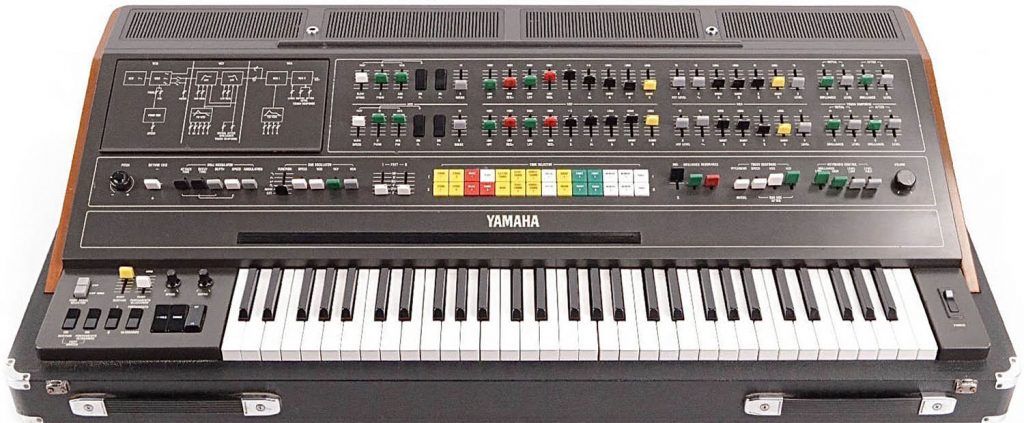
Roland Juno-106
The Roland Juno-106 is another legendary synthesiser used by countless notable musicians. The Juno was excellent for electronic chords and pads, with a very rich sounding chorus to add fullness to the sound.
One of the advantages to the Juno was its ease of programmability. All parameters feature a slider control, and is more stripped back when compared to the CS-80. This allowed for easy monitoring and control over the parameters. The Juno would’ve been an excellent way to quickly add lush synth layers to his compositions.
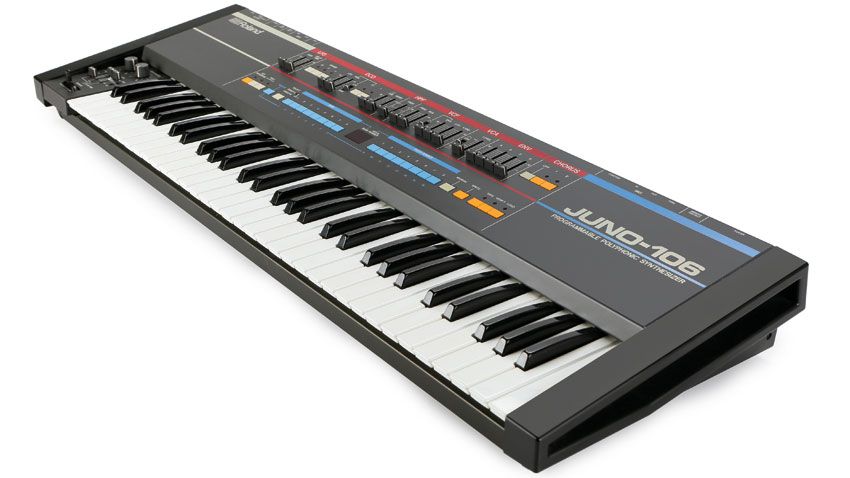
Roland VP-330 VocoderPlus
Vangelis was known to incorporate vocals into his compositions. Usually this would be operatic or orchestral ‘scat’ singing over his usual electronic/orchestral productions. However, he was also known to use vocoders to help modulate the vocal chain and align it more to his electronic influence.
The Roland VP-330 was the most robust and best sounding vocoder on the market at the time. It provided an already great sounding synth engine which could then be modulated with a mic and vocal performance. This helped the vocals and synth voices sound more harmonious and glued them closer together in the mix.
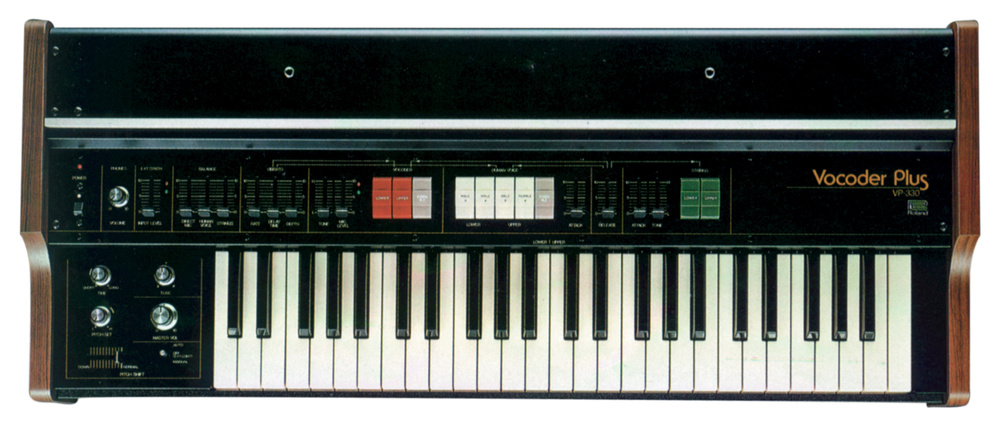
Lexicon 224 Digital Reverberator
Vangelis was an early adopter of digital effects units once they started hitting the market in the early ‘80s. Digital reverbs, such as the Lexicon 224, allowed for much longer reverb and decay times, while also being extremely clean. Perfect for Vangelis’ blend of electronic and orchestral scores, adding space and depth to his sounds.
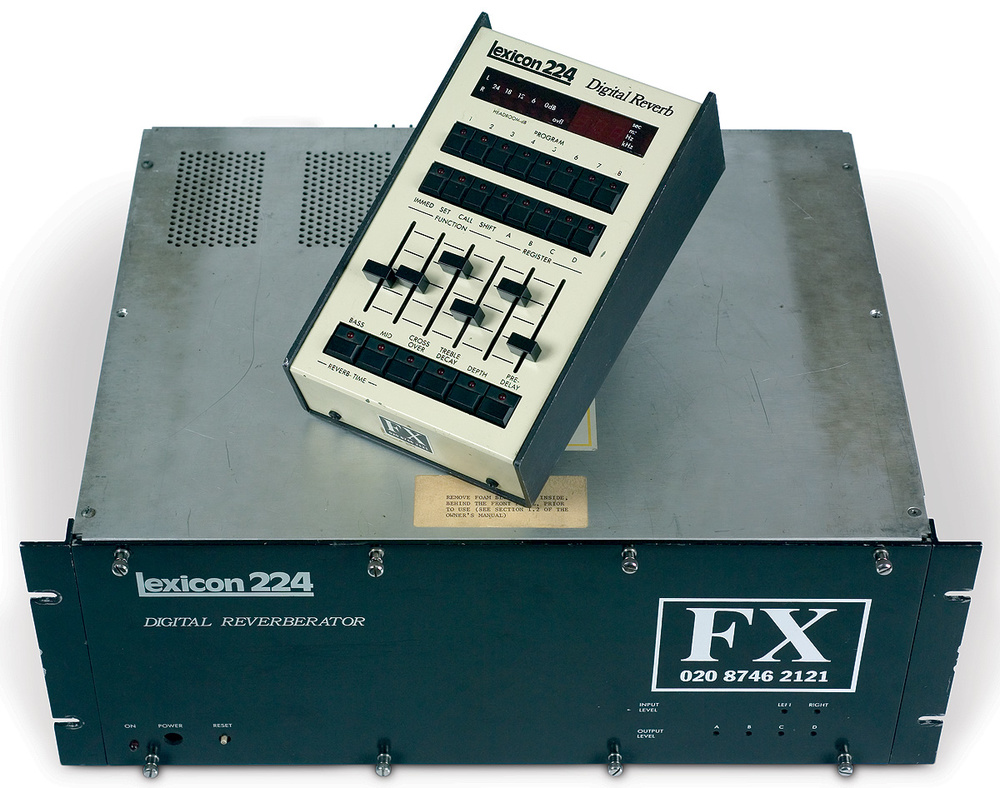
E-mu’s Emulator keyboard
Once samplers started becoming more readily available, Vangelis could be seen in his studio with the E-mu Emulator keyboard sampler. An early commercial sampler that used floppy disks to store samples. He would often use his sampler for quick and easy percussive sounds
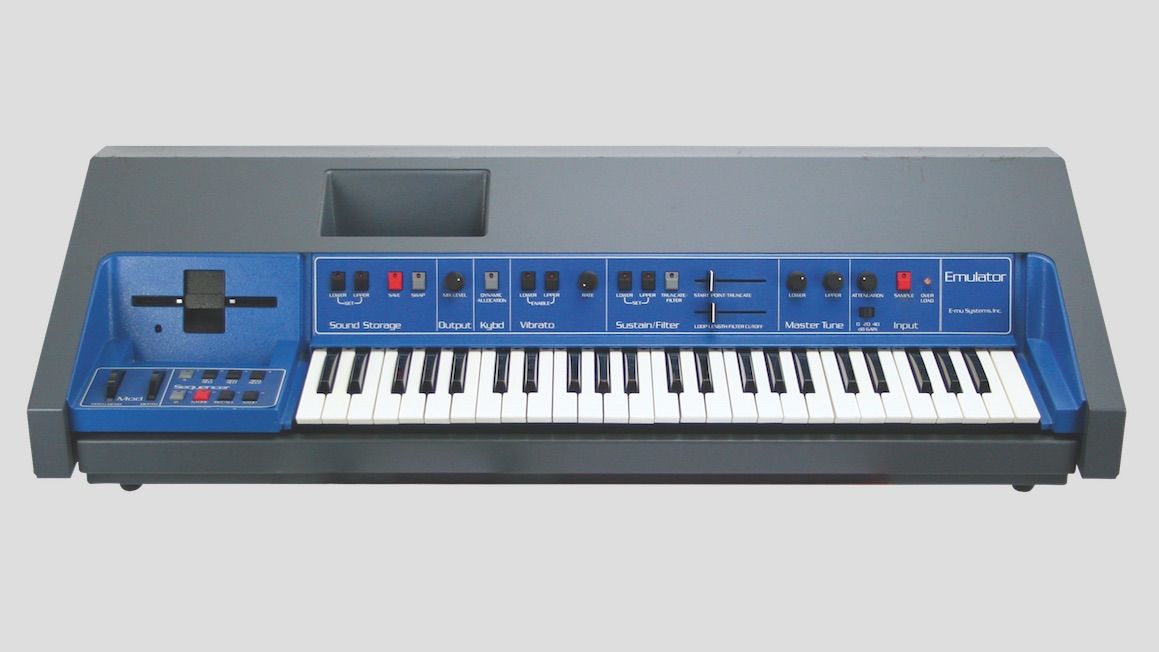
Fender Rhodes 1974 88 Suitcase Piano
The Rhodes style piano has been a staple of popular music since it exploded in popularity during the ‘50s and 60’s. The Rhodes piano would have provided nice, warm organic sounds that could be layers with the lush synth pads that Vangelis was known for. Helping blur the lines between his electronic and organic sounds.
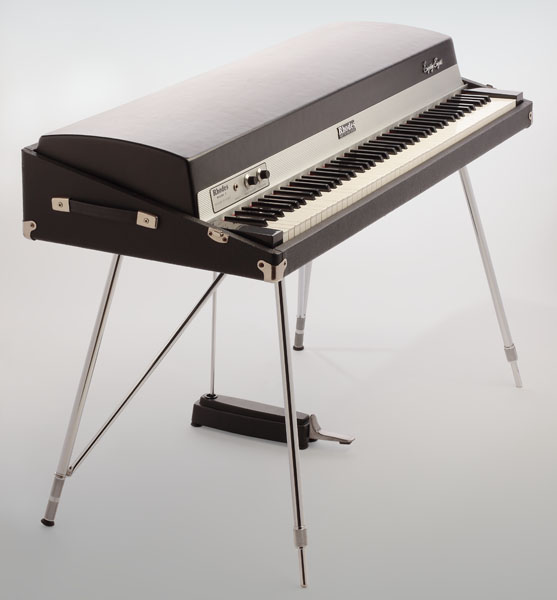
Yamaha CP-80
The Yamaha CP80 can also be seen in his studio. Again, it was a way to allow more organic textures within his compositions. The smaller form factor of the CP-80 over a traditional grand piano freed up space in the studio for an array of synthesisers he was constantly using and swapping around.
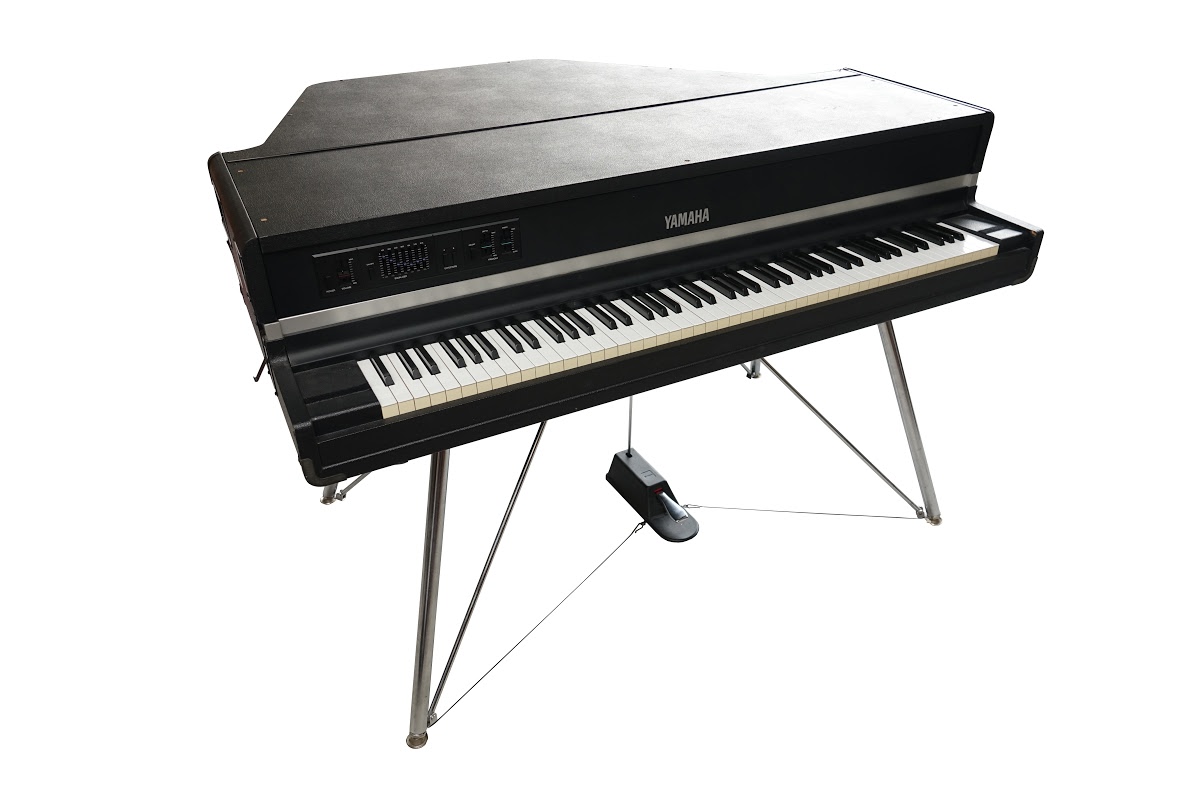
MIDI Setup
Vangelis was an early adopter of MIDI in his studio. Although he played all his songs by hand in real time, he would use MIDI to layer synthesisers on the fly by splitting the signal from his main keyboard, and route it to other synths in the studio.
With the addition of expression pedals, he was able to blend different synths within his studio with his feet, while playing the song with his hands. This reduced the need for multiple keyboards and eliminated the need for overdubbing
For more on Vangelis, check out this unauthorised biography.
